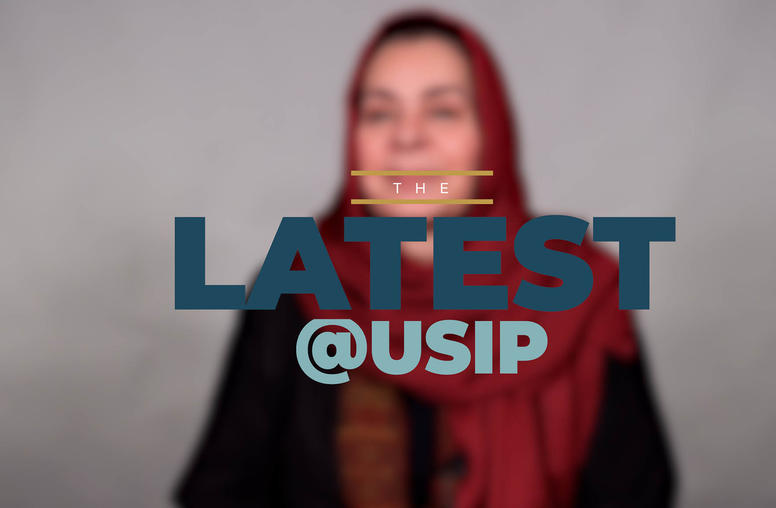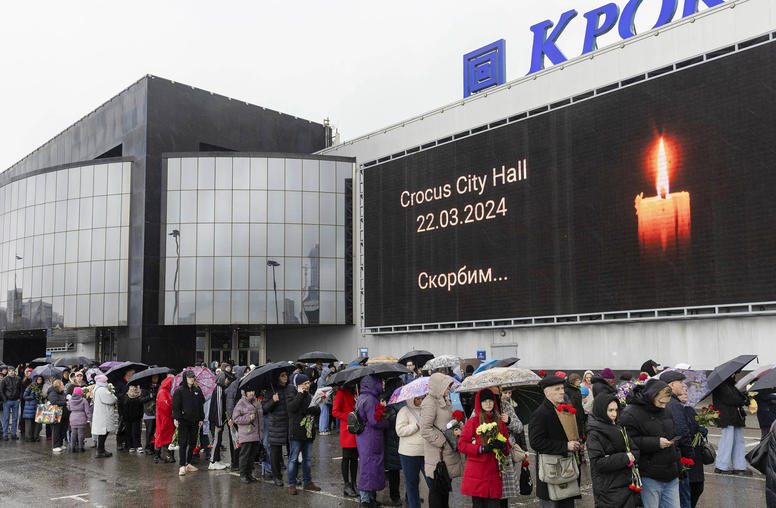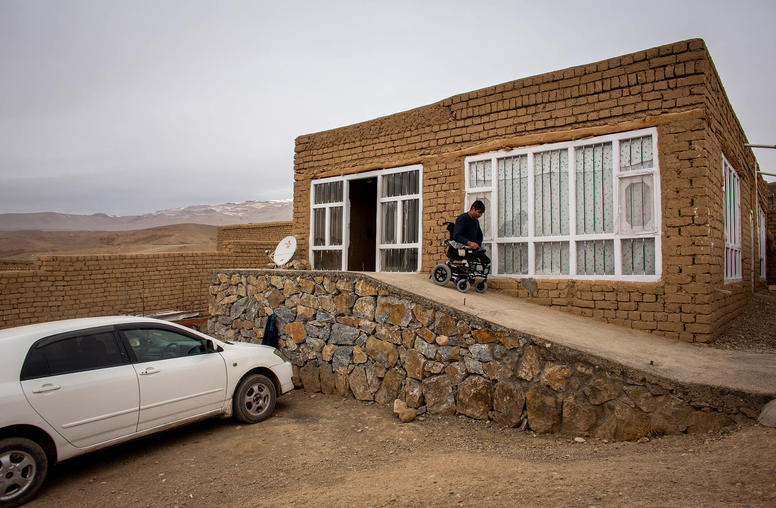Understanding and Countering Violent Extremism in Afghanistan
Youth recruitment into extremist groups in Afghanistan continues to be a major source of group building. In field studies and interviews conducted in three provinces to elicit views on extremist groups, both violent and nonviolent, and factors thought to induce youth to join such groups, violent extremist groups emerged as unpopular and mistrusted, being perceived as un-Islamic and controlled by foreign powers. Nonetheless, the activities and ideologies of such groups have not been effectively countered by the government of Afghanistan, civil society, or the international community. Programs to counter extreme violence should emphasize the Islamic basis of Afghan civil law, accommodate local differences, and be conducted in partnership with moderate voices and youth, with international organizations remaining in the background.
Summary
- Field studies and interviews were conducted in three provinces in Afghanistan, Nangarhar, Balkh, and Herat, to elicit views on extremist groups, both violent and nonviolent, and factors thought to induce youth to join such groups.
- The two strands of youth recruitment are a rural, less educated demographic, which has traditionally formed the primary recruiting pool for violent extremist groups such as the Taliban, and an urban, educated constituency, more amenable to nonviolent group recruitment.
- Nangarhar presents the most worrisome case, for violent extremist groups with cross-border support networks in Pakistan are proliferating faster here than in Herat or Balkh, in part a legacy of support provided during the anti-Soviet jihad to madrassas later found to be hotbeds of radicalization.
- The self-declared Islamic State of Iraq and al-Sham (ISIS) is probing for entry points in both Herat and Nangarhar, particularly among disaffected Taliban commanders, with greater success so far in Nangarhar.
- The propaganda of violent extremist groups in Afghanistan often refers to grievances in the wider Muslim world, but the overarching narrative is jihad against the “occupying” U.S.-led coalition and the “un-Islamic” Afghan government. The violence is more about fighting against uninvited guests than for a particular ideology.
- Violent extremist groups appear broadly unpopular and mistrusted throughout the study area, being perceived as un-Islamic and controlled by foreign powers. Nonetheless, the activities and ideologies of such groups have not been effectively countered by the government of Afghanistan, civil society, or the international community.
- The international community has an important if limited role to play in advising Afghan civil society organizations on forming partnerships with moderate voices in the country to counter the messaging of violent groups, and in encouraging the state to engage in an outreach that clarifies to antigovernment but not yet violent extremists the Islamic basis of civil law.
About the Report
This report presents findings from a three-province study on violent extremism in Afghanistan that was undertaken by The Liaison Office, an Afghan research and peacebuilding organization. The purpose of the research is to inform ongoing and future programming by the United States Institute of Peace (USIP) and the U.S. government aimed at countering violent extremism.
About the Authors
Reza Fazli, a senior researcher at The Liaison Office, has conducted sociopolitical field studies throughout Afghanistan since 2008. Casey Johnson, a USIP senior program officer, has worked as a researcher and political adviser in Afghanistan since 2008. Peyton Cooke, a consultant at The Liaison Office whose work focuses on subnational rule of law and local governance issues, has lived and worked in Afghanistan since 2010.



